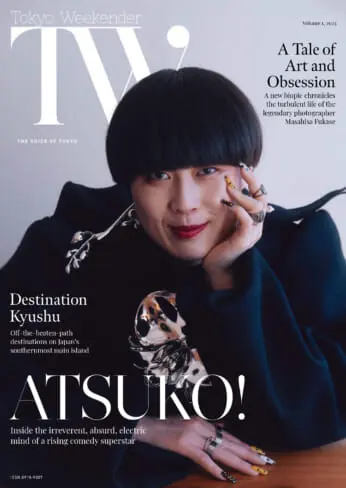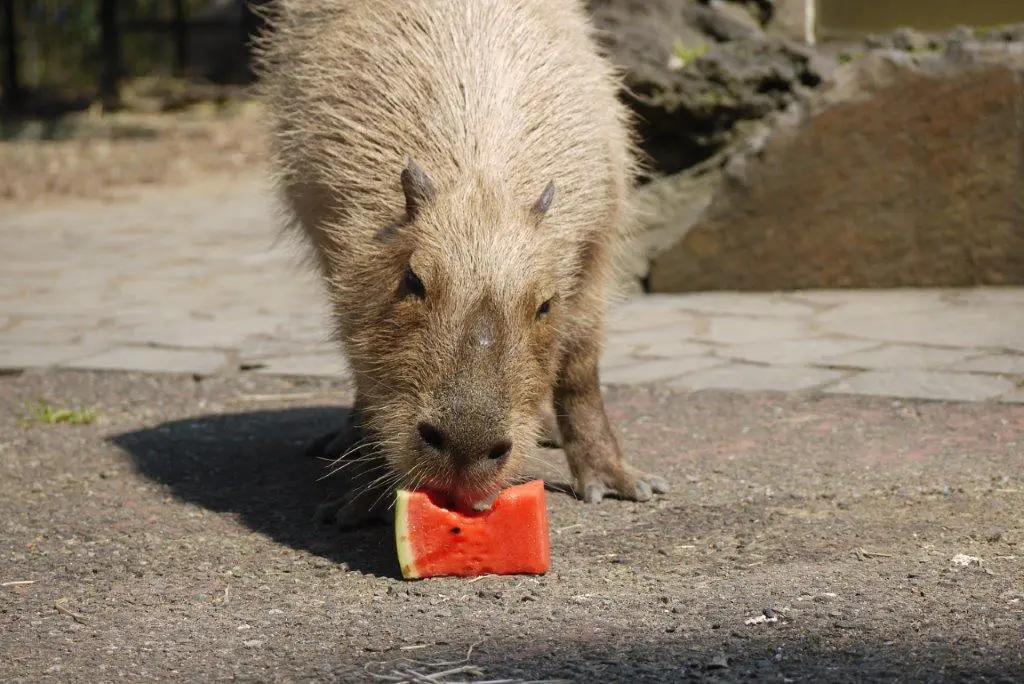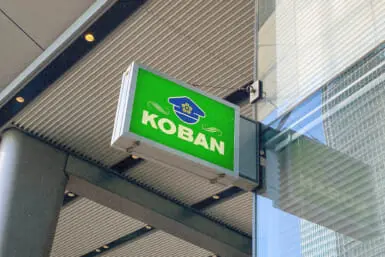Another year, another gold medal for Saitama Children’s Zoo. In the end, it was a relatively straightforward victory for Hechima, who defeated its nearest rival, Ginnan, by just under a minute to take the title for a third successive year. In truth, the 5-year-old capybara never looked like losing as it gobbled down the watermelon at an impressive speed.
Known as the Capylmpic, the capybara watermelon eating contest may not be as prestigious or as high-profile as a certain event taking place in Paris right now, but it still garners quite a bit of attention. It was first held in 2015 and as it proved so popular, the organizers decided to make it an annual competition.
The Zoos Hosting the Capybara Watermelon Eating Contest
For the second year in a row, Hechima ate the Watermelon in under two minutes, recording a time of 1:48. The battle for silver was a tight one, with Ginnan (2:47) finishing just a few seconds ahead of Giba (2.55). Ora had to settle for fourth in a time of 3:30, while Shiita took the booby prize, almost 3 minutes behind Hechima.









